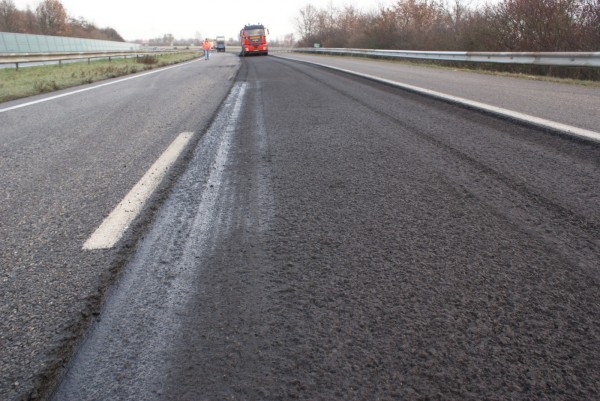
Porous asphalt can reduce noise pollution and flooding because its low density makes it very absorbent. But there’s a downside: over time, the size of the pores increase, leading to crumbling and erosion.
The solution?
Self-healing asphalt.
A new kind of asphalt has all the benefits of being porous, and it lasts twice as long as traditional pavement. By adding steel wool to asphalt, it was discovered the material becomes responsive to induction heating. After four years of use, a road paved with self-healing asphalt is simply given a heat treatment, which restrengthens the surface, returning the pores to a regular size.
Watch the TED Talk below to see a presentation about how self-healing asphalt works.
video via TED
photo courtesy Self Healing Asphalt
Urban Planet is a roundup of blogs from around the world dealing specifically with urban environments. We’ll be on the lookout for websites outside the country that approach themes related to urban experiences and issues.
For more stories from around the planet, check out Spacing on Facebook and Twitter. Do you have an Urban Planet worthy article you’d like to share? Send the link to urbanplanet@spacing.ca


One comment
The issue with porous asphalt – self healing or not – is that water expands when it freezes. If water is allowed into the road surface where it freezes, it can tear it up overnight as if it had been carpet bombed.
What’s missing from this article is the question of how they deal with this problem since the Netherlands certainly get freezing temperatures.